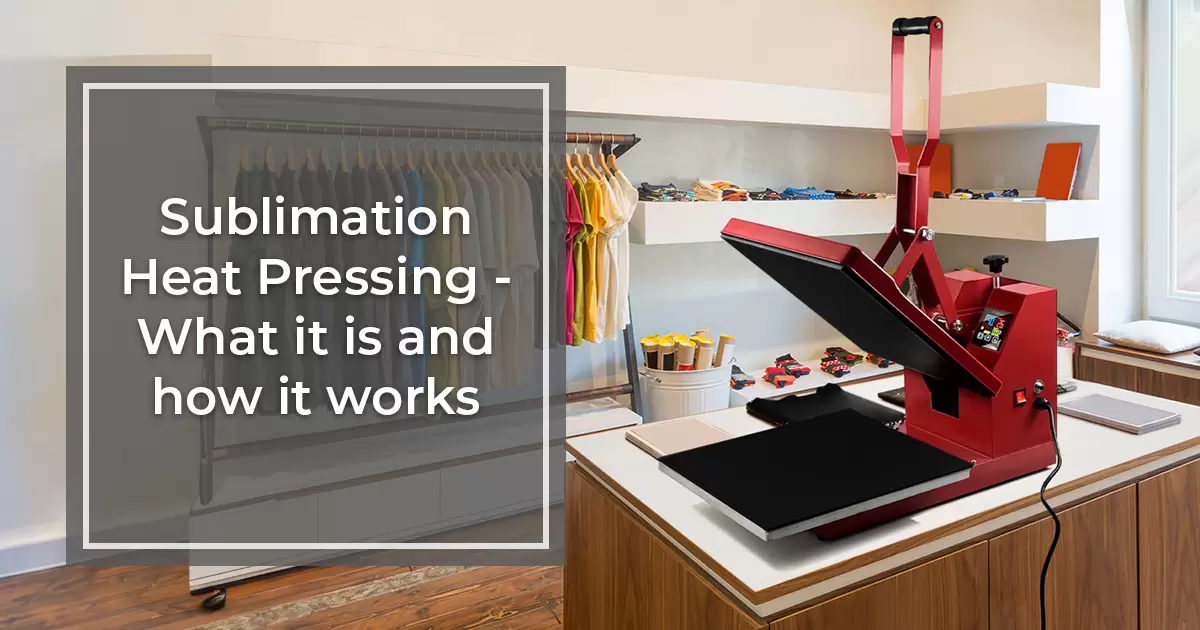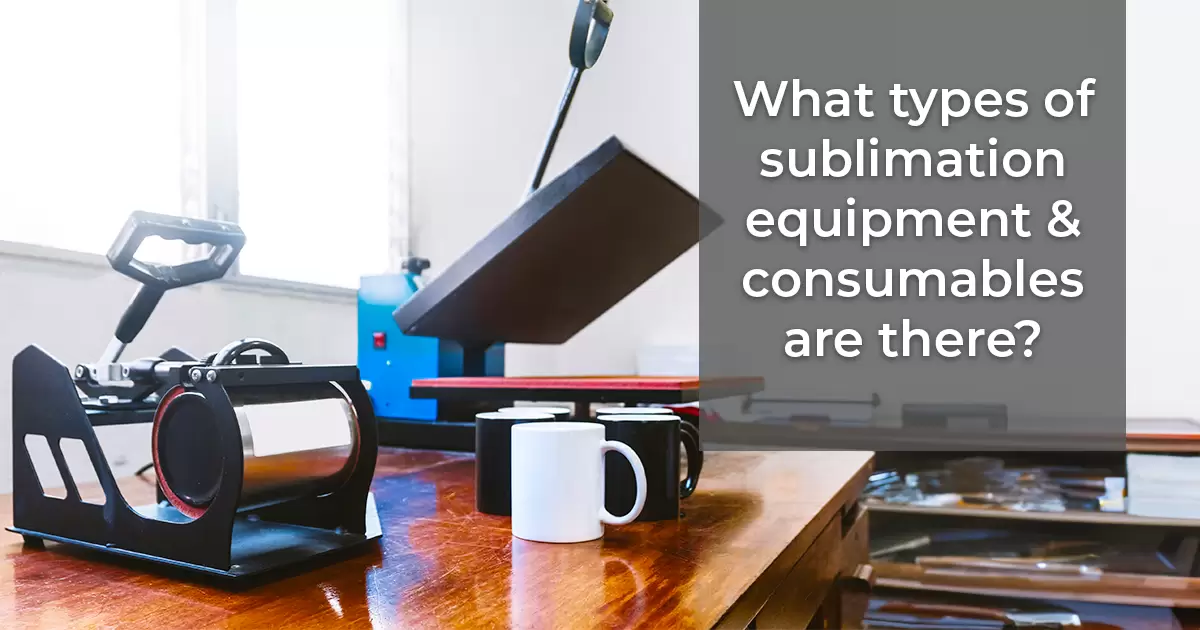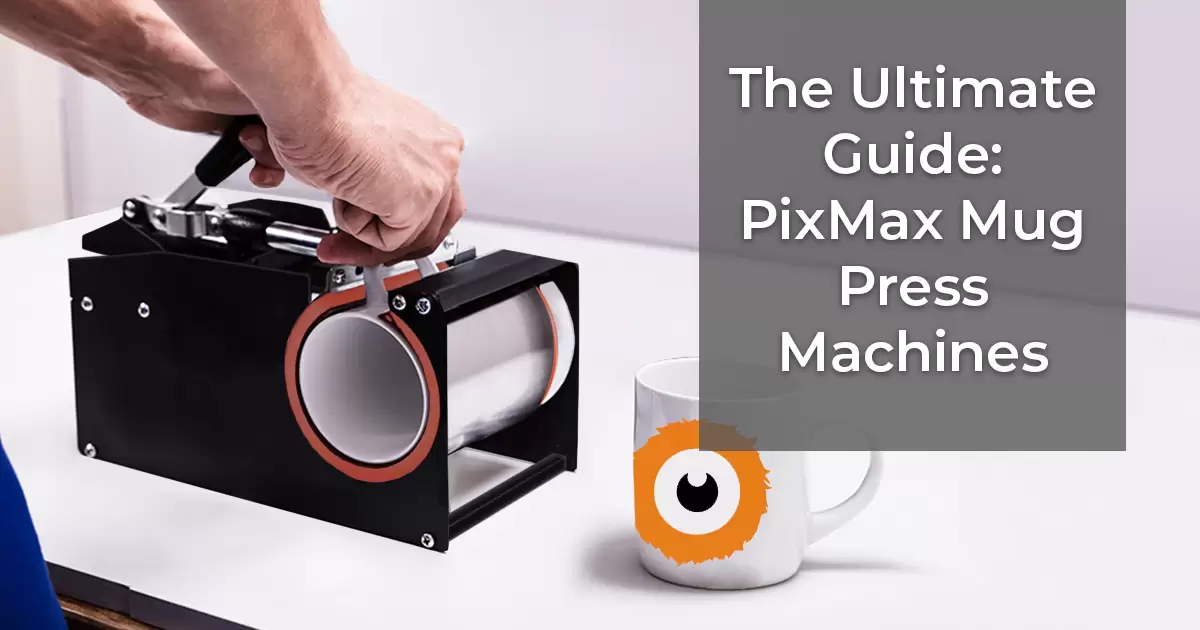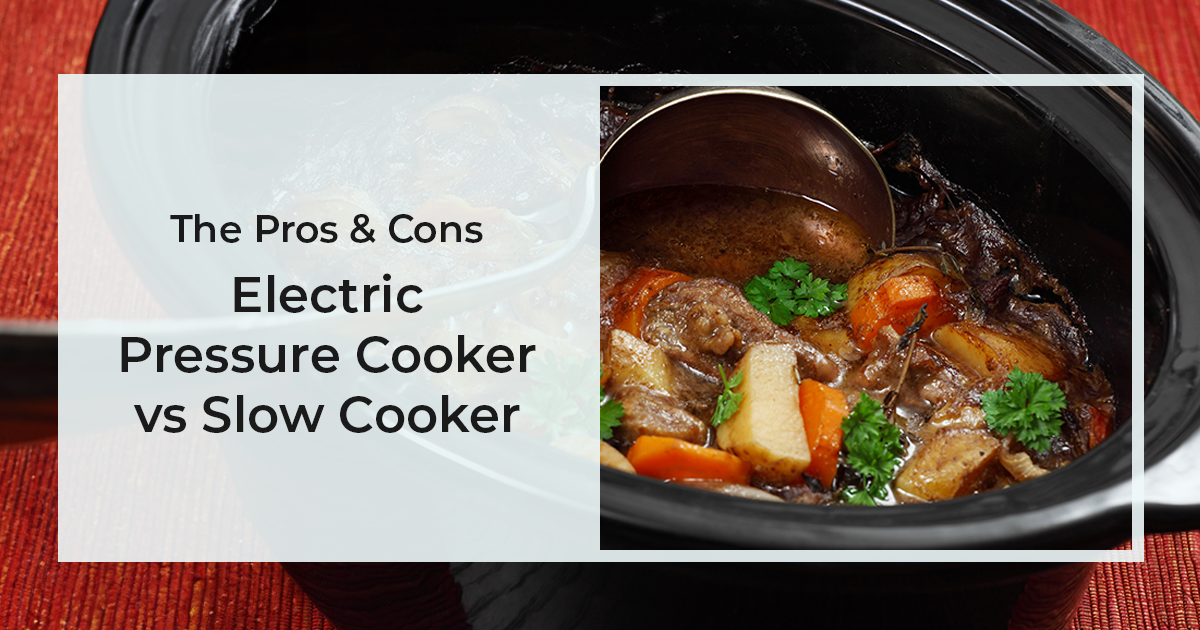Sublimation Heat Pressing. What it is and how it works.
- By Kat Oakley
- 01.01.2020

What exactly is sublimation heat pressing? Though it may sound like a mystifying technique, it's not sorcery—just a fascinating scientific process. Let's delve into the fundamentals.
The sublimation process
This technique involves transferring a design printed with sublimation ink onto objects like t-shirts, mugs or facemasks using a mix of heat, time, and pressure. Under this heat and pressure, the sublimation ink particles convert into gas. When pressed onto an item, this gas is absorbed by it, allowing the design to integrate deeply rather than merely sitting on its surface.
What materials are suitable for sublimation?
Not every t-shirt or mug is suitable for sublimation heat pressing. Only fabrics with at least 70% polyester will do. The higher the polyester content, the more vibrant and durable the print will be. Cotton shirts won't retain the sublimated ink as effectively, leading to faded or washed-out designs. Mugs should have a special polymer coating that allows the sublimation ink to bond with it. This coating ensures the design will be vibrant, long-lasting, and resistant to wear and washing.
Is Specialized Paper Necessary for Sublimation?
You need specific sublimation paper for this process. Sublimation paper is crafted with a unique surface that effectively releases the sublimation ink when it turns gaseous. Printer paper doesn't properly retain or release sublimation inks. Thus, designs pressed using standard paper will typically appear subpar and lack durability.
What are Sublimation Inks?
Regular printer ink won't turn into gas. If used for printing on an object, they merely stay on the surface and can easily be wiped or washed off. Sublimation inks consist of solid dye particles that have been refined into a powder and suspended in a liquid medium. Despite being contained in this liquid, these dye particles don't dissolve but remain solid.
What Printer is Best for Sublimation Designs?
While there are printers explicitly designed for sublimation, they can be a significant investment, particularly for beginners or small businesses. A cost-effective alternative that doesn't compromise on quality is using an inkjet printer whose ink can be replaced with sublimation ink. Epson printers, especially certain models, are equipped with ink tank systems instead of traditional ink cartridges. This design allows for greater ink capacity and easier refilling.
























